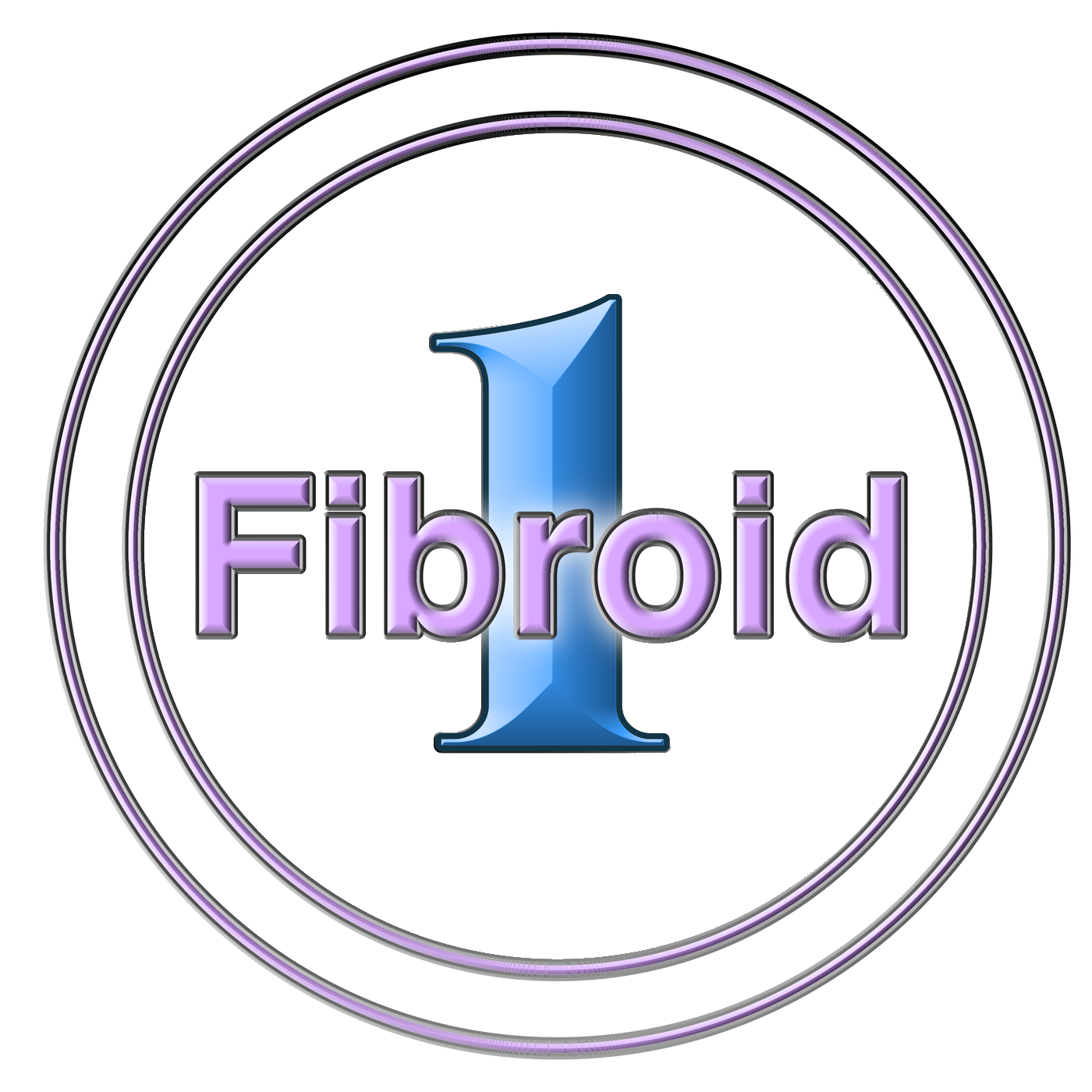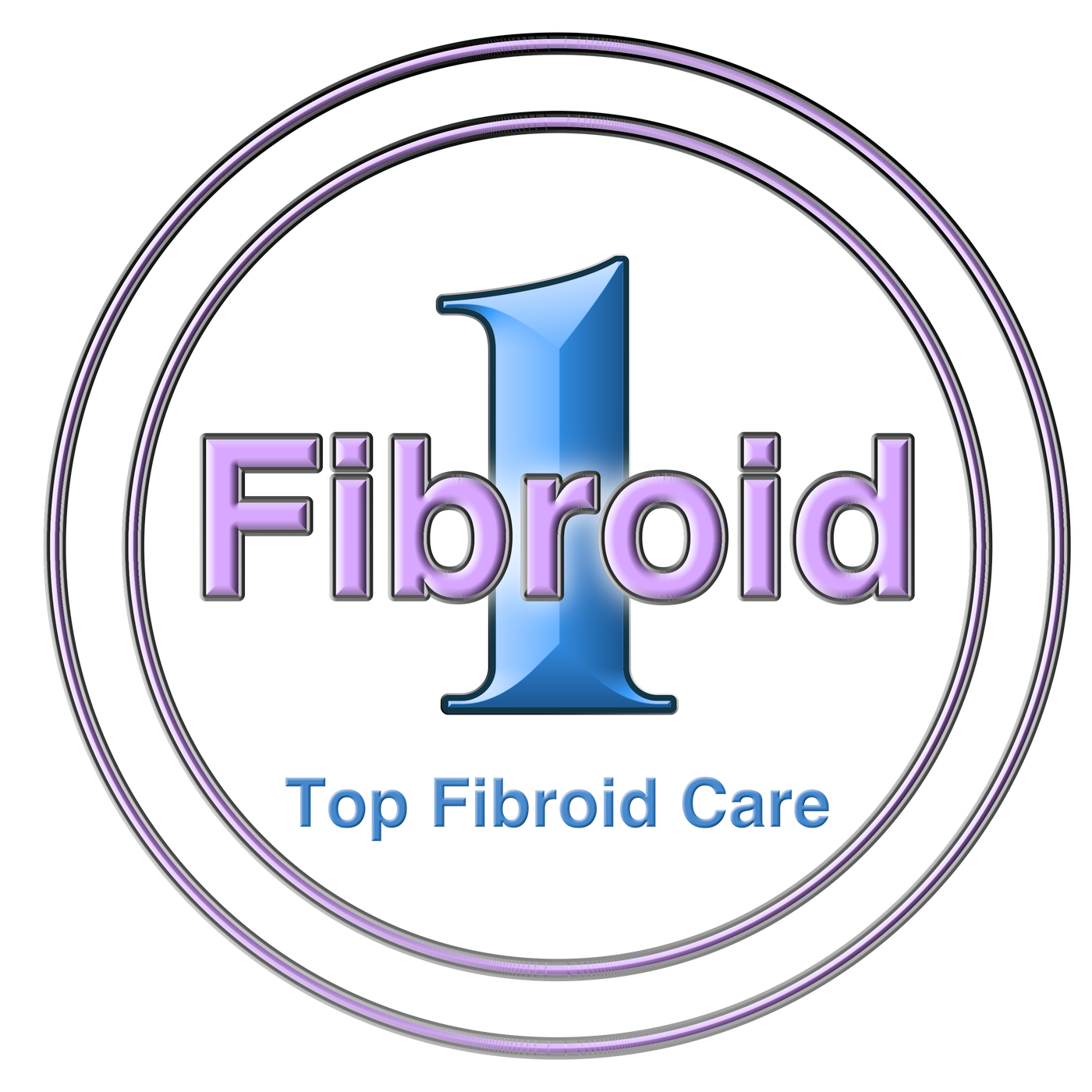Learn More About The Acessa Procedure:
For women with uterine fibroids, finding alternatives for fibroid pain relief can seem like an impossible challenge. Contrary to popular belief, however, there are alternatives to hysterectomies and myomectomies, and that alternative is Acessa. The Acessa procedure is a minimally invasive fibroid procedure that treats the tissues by softening and shrinking them over time, giving your physician the ability to effectively treat the fibroids and help relieve pain without the need for invasive uterine procedures. As an alternative intervention method, the Acessa procedure can help relieve fibroids and help women move forward pain-free.
What is The Acessa Procedure?
Acessa was designed to maintain the uterus’ integrity by focusing on the fibroids through minimally invasive methods. Unlike traditional treatments, which rely on cutting into the uterus and removing it completely, this treatment uses radiofrequency energy and heat directly on the fibroid itself. This destroys the fibroid tissue and causes it to shrink over time, and as the fibroid becomes smaller and smaller, the tissues are destroyed. Fibroid pain is relieved without the need for opening the uterine lining.
When it comes to treating fibroids, not all fibroids are the same. In the broader sense, Acessa can treat almost all types of uterine fibroids, including:
- Intramural: Intramural refers to fibroids located along the muscular walls of the uterus, which can cause heavy bleeding and feelings of pressure.
- Submucosal: These fibroids are located either inside or abutting the uterine cavity and typically cause heavy bleeding.
- Subserosal: Subserosal fibroids exist outside of the uterine wall and typically cause pressure symptoms.
- Pedunculated: As a less common type, pedunculated fibroids are fibroids that attach to the uterine wall through stalk-like growths called peduncles.
The size and number of fibroids are important factors in determining your candidacy for the procedure. This procedure is for pre-menopausal women who are struggling to live with ongoing pain and discomfort from their fibroid symptoms and want to have a minimally invasive option that allows them to keep their uterus. The number of fibroids that can be treated with Acessa will vary, and our physicians will perform MRIs and ultrasounds to help determine whether this procedure is right for you.
How Does Acessa Compare To Other Treatments?
When compared to more invasive fibroid treatments, the Acessa procedure provides numerous benefits over typically uterine fibroid treatments.
Hysterectomy vs. Acessa: The Acessa procedure is able to provide a quicker recovery with fewer scars. However, hysterectomies provide more assurance for removing fibroid symptoms without the chance of returning.
Myomectomy vs. Acessa: Even compared to robotic myomectomies, Acessa is considered a significantly less invasive procedure due to less blood loss, scars, and no need for cutting and suturing the uterine lining. Acessa can provide a more accurate procedure for patients with small, multiple fibroids because of its ability to utilize ultrasound. However, myomectomies are able to remove the fibroid right away, and those who choose myomectomies will be able to experience quicker relief than with Acessa.
Hysteroscopic Treatment vs. Acessa: Other types of treatments, such as hysteroscopic myomectomy, can be a more comprehensive treatment for fibroids closer to the uterine cavity, while Acessa can provide treatment for fibroids around the uterus, especially because of how the procedure is performed laparoscopically, or through the stomach.
Overall, Acessa can be an excellent treatment for benign, symptomatic fibroids, and women who take part in this procedure will typically see improvement within three months of treatment and continued improvement throughout the year. For more information about our fibroid treatments, contact us today to arrange an appointment and see how Acessa can help you find fibroid relief.











